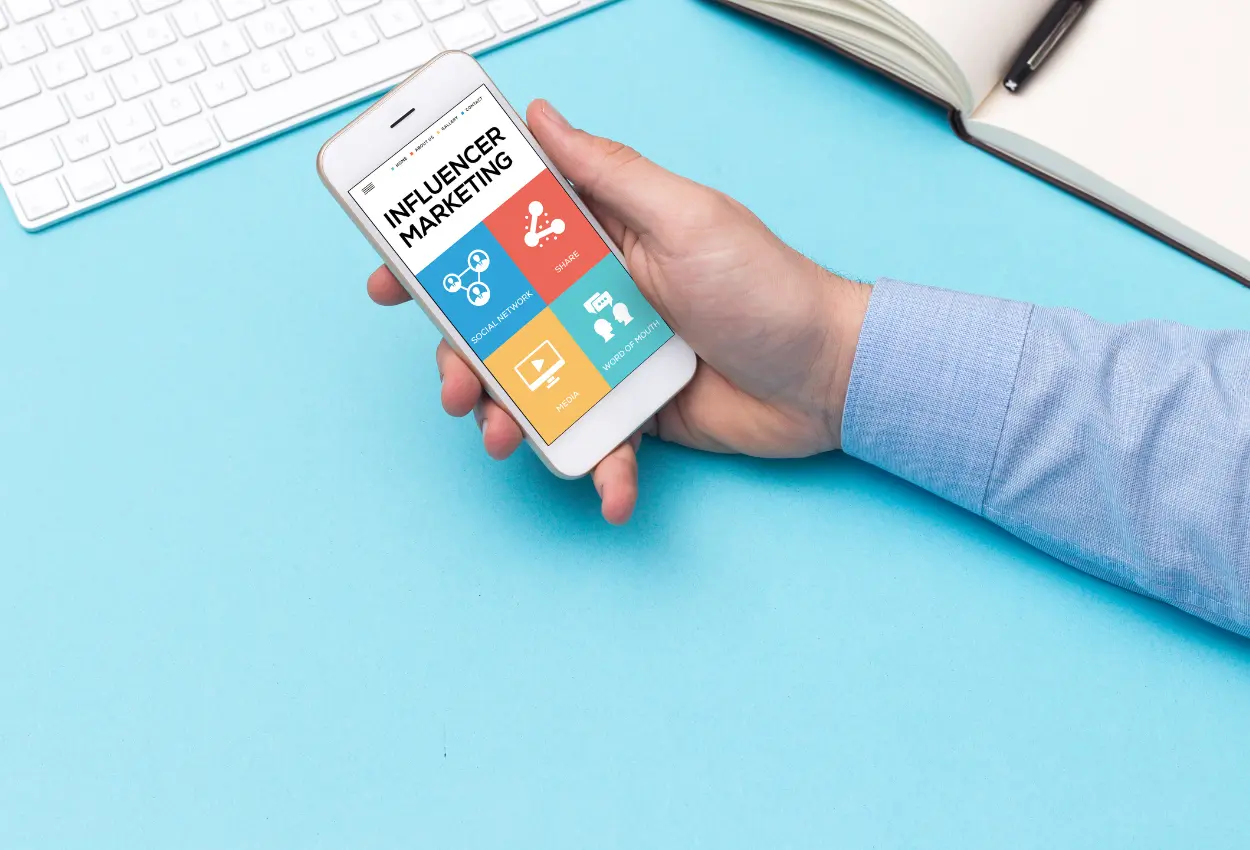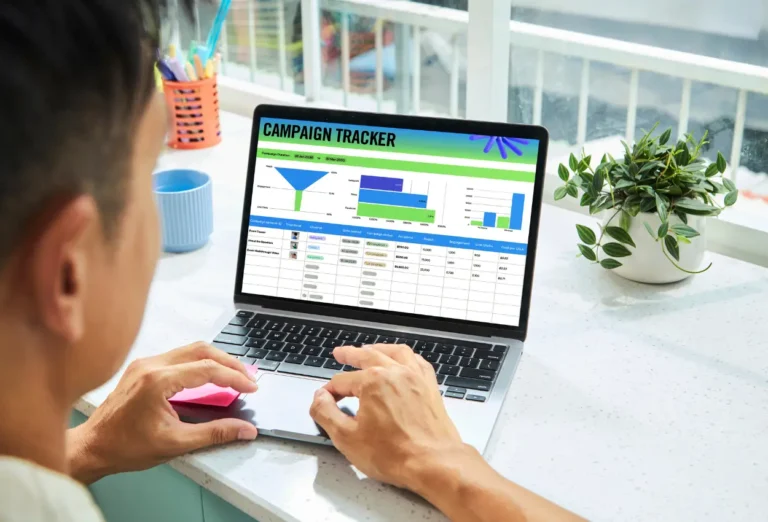How to Boost Shopify Sales With the Right Influencer Marketing
Are you looking to increase your Shopify store’s sales? Influencer marketing could be the key.
With the right tools, you can connect with influencers who resonate with your brand and audience, helping to amplify your products to a wider, engaged audience. This strategy has proven effective for many online retailers, and it could work for you too.
In today’s digital marketplace, where competition is fierce, standing out can be challenging. Yet, influencer marketing offers a unique avenue for capturing attention. By leveraging the clout of social media personalities, your Shopify store can experience significant growth. This introduction will guide you through understanding the impact of influencer partnerships and selecting the best tools to manage these relationships. It’s about finding the right fit for your brand and harnessing the power of word-of-mouth at scale. Keep it simple, and you’ll see your sales climb. Let’s explore how to make influencer marketing work for you.
Influencer Marketing In E-commerce
Influencer marketing is growing fast. It helps sell more online, especially on Shopify. People trust influencers like friends. So, when they suggest a product, it feels real. This trust turns into sales. Many shops online are seeing better results. They team up with influencers. This way, they reach more people. More people see their products. Sales go up. It’s simple but powerful.
Identifying Your Target Audience
Creating buyer personas is key to boosting sales. First, know your customers. Ask what they like and need. Find out their age, job, and hobbies. This helps pick the right influencer.
Understanding audience preferences means listening. Check what they follow and share online. This tells you what they enjoy. Use this info to match them with influencers who share similar interests.
Choosing The Right Influencers
Choosing the right influencers is key for boosting sales. Look for ones that fit your brand well. It’s not just about follower numbers. Micro-influencers have fewer followers but often, they have a strong bond with their audience. This can lead to higher engagement. They can be more affordable too.
On the other hand, macro-influencers have many followers. They can reach more people with just one post. But, they may not have the same level of interaction. Always check their engagement rates. High rates mean their followers listen and react to what they say. This is good for your sales.
Think about who your customers trust. Are they more likely to buy because a popular person suggested it? Or because someone they relate to recommended it? This will guide your choice. Pick influencers who will truly connect with your audience.
Crafting An Influencer Marketing Strategy
Start by setting clear goals for your influencer campaign. Think about what you want to achieve. Sales growth and brand awareness are common targets. Decide on Key Performance Indicators (KPIs) to track success.
Next, plan your budget. Know how much you can spend on influencers. Keep in mind, big names might cost more. Look for value in rising stars too. They might fit smaller budgets and still reach many people.
Creating Compelling Campaigns
Team up with influencers to make fun and unique content. This draws more customers to your brand. Influencers know their followers well. They can create videos, posts, or stories that speak directly to them. This feels personal and boosts trust.
Offer special deals that only influencers can share. These can be discount codes or early access to new products. People love saving money. They will likely buy more when they feel they’re getting an exclusive deal. Keep it simple so everyone understands the offer.
Leveraging Influencer Content
Using influencer content helps boost sales. It’s smart and effective. Share this content on many platforms like Instagram, Facebook, and Twitter. This spreads the word fast.
Repurposing content means using the same good stuff in new ways. Take a great Instagram post and share it on Facebook too. Or, turn a video into a blog post. This saves time and keeps your message strong across all channels.
Don’t forget about user-generated content. This is when customers share their love for your products. It’s real and trustworthy. Seeing real people enjoy your products encourages others to buy. Ask happy customers to share their experiences. Use these stories on your social media and website.
Measuring Campaign Success
To measure campaign success, check engagement rates. Look at likes, shares, and comments. Use these to see if people like the content. Conversion data is also key. It shows if viewers are buying products.
Use tools to track sales and clicks. They help see if the campaign works. Good tools make reports easy to understand. They show what’s working and what’s not.
| Tool | Use |
|---|---|
| Google Analytics | Track website visits |
| UTM Codes | See where traffic comes from |
| Social Media Analytics | Measure likes, shares, comments |
Legal Considerations And Best Practices
It’s key to know the FTC guidelines for influencer marketing. They say you must be honest about any partnership. This means clear disclosures if you got paid or got free products.
Always be clear and upfront with your audience. Use simple words like “ad,” “sponsored,” or “#ad” to tell them. This builds trust and keeps you on the right side of the law.
Choose influencers who care about your products. They should fit your brand and speak to your customers in a real way. Real stories and experiences make for the best posts. People can tell when it’s true love for what they share.
Evolving Your Approach
Keeping up with what is popular helps a lot. New trends change how we sell things. Seeing what works and what doesn’t is key. Tools for influencer marketing are important. They help us sell more on Shopify. We must use them right.
Learn from what the numbers tell us. Good or bad, each sale teaches us. Making changes based on what we learn is smart. This way, we grow sales over time.
Conclusion
Elevating your Shopify sales is straightforward with the right influencer tools. These platforms connect you with voices that resonate with your audience. They help craft authentic messages about your products. Tools like these make tracking progress and ROI clear. Start small, choose wisely, and watch your brand grow.
Remember, success in influencer marketing is a steady journey, not a quick fix. Ready to see a real difference in your sales? It’s time to explore these tools and find the perfect match for your Shopify store. Let’s get your sales climbing!







